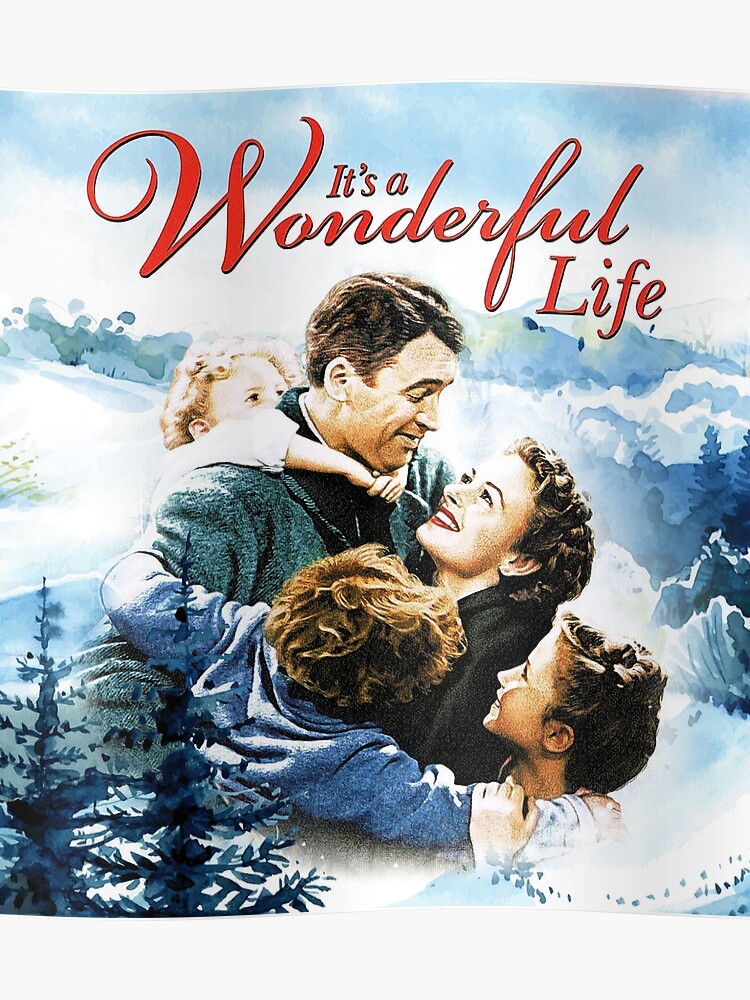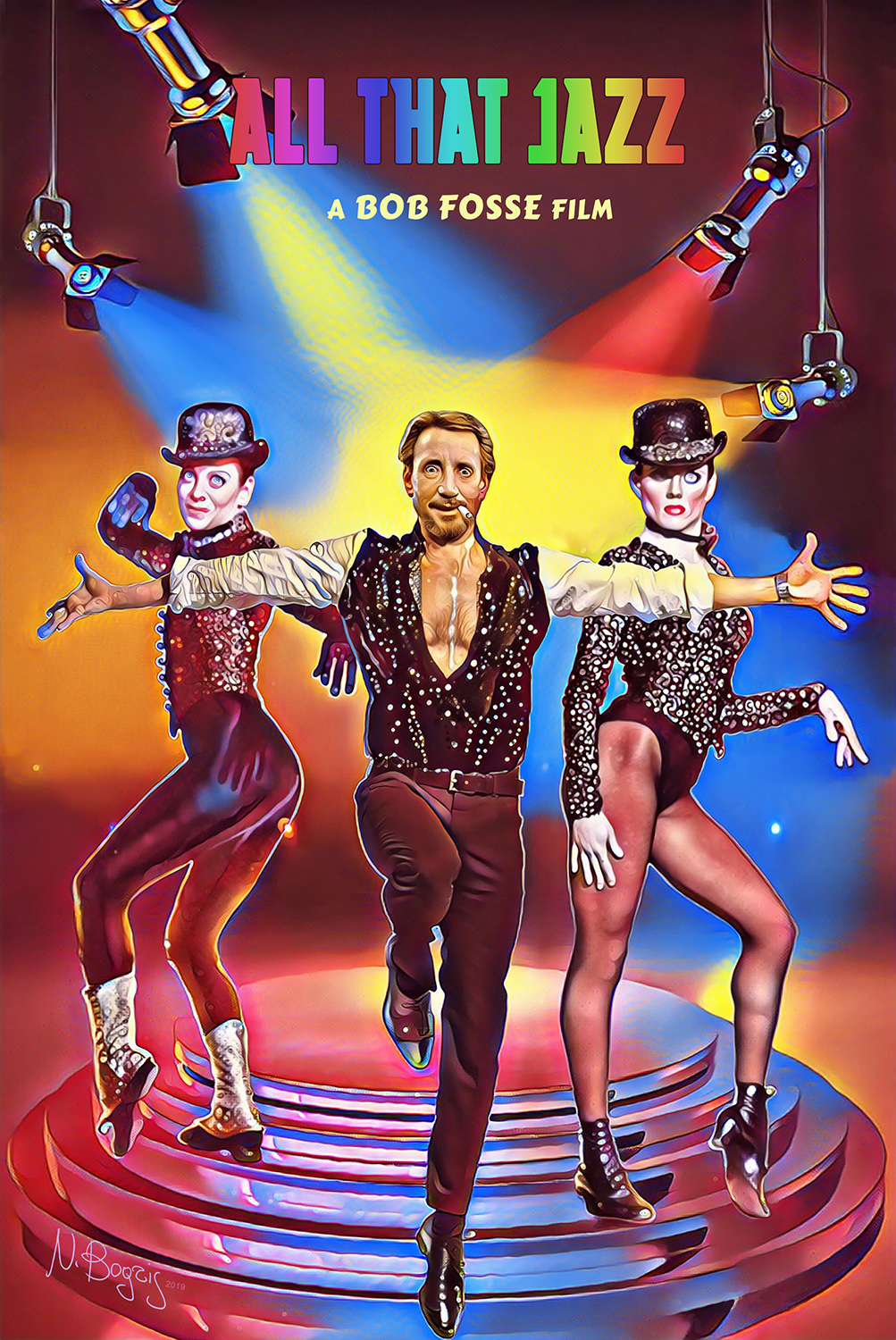This year officially marks the 20th anniversary of this classic, even though it’s fallen somewhat in reputation. What better way to celebrate than to look back and review it?
This epic historical action drama was originally released in theaters worldwide by DreamWorks and Universal Pictures on May 5th, 2000. It was a commercial smash, grossing over $460.5 million at the global box office against a production budget of $103 million. This made it the second-most successful film of the entire year, in addition to the wave of positive responses from both critics and audiences. The film also managed to surprise everyone in the industry when awards season came around, collecting a total of 5 Academy Awards, including Best Actor and Picture, and led to renewed popularity in the sword-and-sandal genre.
Directed by Ridley Scott, the film was originally pitched by screenwriter David Franzoni, who was partially inspired by Daniel P. Mannix’s 1958 novel Those About to Die. Two weeks before filming was supposed to start, writers William Nicholson and John Logan were brought in to help flesh out the characters, in addition to Scott’s extensive storyboards. However, the production was forced to film without a completely script and a handful of cast members ended up writing their own lines and speeches. Before filming wrapped, actor Oliver Reed died of a heart attack in Malta, and the producers were forced to scramble and adjust his role with body doubles and CGI.
Russell Crowe stars as Maximus Decimus Meridius, a highly respected Hispano-Roman general who successfully leads the army to crush the Germanic tribes. Deeply impressed by his leadership and care for the men under his command, he is told by Roman Emperor Marcus Aurelius, played by Richard Harris, that he will rule as regent to help end corruption. When he catches wind of this, Marcus’ unstable son Commodus, played by Joaquin Phoenix, kills him and then immediately takes power and slaughters Maximus’ family. Now finding himself as a slave, Maximus attempts to rise through the ranks of the gladiator ring so he can find Commodus and exact his revenge.
Regardless of what you think of his style and consistency in quality, it’s hard to deny that Ridley Scott is at least an interesting filmmaker. He hasn’t been afraid to dip his toe in multiple different genres over his decades-long career, whether it be a science-fiction adventure or a period drama thriller. While he doesn’t always succeed at this gamble, when he hits it out of the park, he can make absolute classics such as Alien, Matchstick Men, and Thelma and Louise that still hold up today.
And with the 20th anniversary approaching for this epic, I was curious to see Scott’s cinematic vision of Ancient Rome was as great as I remembered it being. The period hadn’t really been given the big-screen treatment since at least the early 1960s and while numerous studios afterwards tried to recreate both it and Medieval times, I specifically wanted to see if the film that rekindled interest was still worthy. And thankfully, Gladiator turns out not just to be just as captivating as ever, but it still holds the spot as my personal favorite film of Scott’s, which is a big accomplishment.
Yes, it is a rather simple story of revenge and redemption, but whatever clichés there might be in the narrative are made up for by Scott’s incredible ambition and attention to detail in everything else. The script packs in a bunch of different, interesting characters that allow us to see Rome from different viewpoints, whether it’s the power-hungry politicians in the Roman Senate or the slaves forced to fight for people’s entertainment. There’s an emotional core to the film that’s hard to shake as we witness Maximus trying to regain his lost honor against a mad ruler that destroyed his life, especially as he has very little left to lose.
Something I truly appreciated about Gladiator on this rewatch is how despite a handful of subplots to follow and a runtime of 2 hours and 35 minutes, the film is perfectly paced. The way the film brings Ancient Rome to life in such a vivid and lived-in manner makes it easy to remain focused on what’s happening on-screen, even if it’s just a few characters talking quietly. And of course, it backs these moments up with some truly epic set pieces that are still a delight to watch even after all these years, making this a near-complete package for almost any film fan.
Winning the Academy Award for Best Actor here, this is arguably Russell Crowe’s most iconic film role to date, and it’s easy to see why. As Maximus Decimus Meridius, he’s sharp-witted, resourceful, and completely ruthless on the battlefield, much preferring to stay on the countryside instead of the political halls of Rome. Despite his outwardly masculine exterior, he’s incredibly soft-spoken and humble in private conversations, and is gradually better at winning over both the colosseum crowds and his new comrades in arms.
On the opposite end of the spectrum, Joaquin Phoenix is riveting and despicable as Commodus, the nefarious son of the current Caesar. From the very beginning, it’s abundantly clear that he is only concerned about himself and the power he can gain, unafraid to get rid of anyone he thinks are even considering turning against him. Phoenix plays up his sickening behavior remarkably, adding a quivering lip and emotional unpredictability to a villain that is meant to be liked by no one.
And in his last film role, Oliver Reed is excellent as Antonious Proximo, a seasoned trainer who buys Maximus in North Africa. As the film goes along, he starts to take a liking to Maximus and begins shedding his world-weary thoughts and emotions. Acutely aware of how the world works, he trains him and the rest of the gladiators how to survive, saying, “I wasn’t the best because I killed quickly; I was the best because the crowd loved me.” Although he died before finishing his scenes, it’s kind of the perfect role for Reed to end his career on.
The supporting cast is equally impressive and wide-ranging in a variety of roles. This includes Djimon Hounsou and Ralf Möller as two gladiators Maximus forms a bond with, Derek Jakobi as the one Roman senator wanting to improve the system, Tomas Arana as a conflicted former legatus in the army, Connie Nielsen as Commodus’ unhappy sister, and Richard Harris as the ailing Caesar Marcus Aurelius. Everyone is able to bring unique dimensions to their characters and make the drama feel more tangible.
And from a technical perspective, Gladiator is an extraordinary accomplishment that sees Scott pushing his boundaries even further. Shot by John Mathieson, the cinematography is gritty and robust, always willing to get down in the dirt with the protagonists. The film features many tracking shots as the character traverse the vast landscapes and battlefields of millennia past. The colors are relatively muted, giving it a grainier, classical touch that’s frequently missing in blockbusters.
This also works in tandem with the editing job by Pietro Scalia, who finds a delicate balance between drama and action. During the fantastic and riveting battle sequences, there are a number of cuts but not too much to the point where it becomes incomprehensible. It manages to keep clever special effects tricks just out of sight while still showcasing some truly incredible blocking and stunt work. And during the quieter moments, the camera wisely shifts perspectives whenever a certain character is given more priority in a given moment.
Musical god Hans Zimmer composes and conducts the instrumental film score, and much like other iconic soundtracks, it’s a total work of genius. The score features a huge diversity of instruments and sounds, ranging from ominous strings to triumphant brass to heavenly choral voices. Through each track, he expertly weaves these sounds together in an organic way that feels appropriate for the scale and time period, calling back to Gustav Holst’s “Mars”. In fact, it’s practically the blueprint for his score in the later Pirates of the Caribbean film series, mixing both exciting battle tunes with more haunting tracks.
With interesting characters, immortal quotes, fantastic action scenes, and a solid emotional throughline, Gladiator is a brilliant old-school epic tailor-made for the 21st century. Ridley Scott shows us all that he’s capable of turning a relatively simplistic narrative into a captivating masterwork of giant proportions. Armed with a highly resourceful cast of willing actors, he’s able to bring Ancient Rome to life in a way few filmmakers had before or have since.
This is the kind of big blockbuster that Hollywood doesn’t really make anymore and that’s a damn shame because there’s so much more potential to explore now. Whether or not Scott actually follows through on plans for a sequel, there will always be an audience for this film, in this life or the next.









